A library kiosk is crafted through a meticulous manufacturing process that begins with the design phase, where the specifications and user interface are outlined. The hardware components, including the display screen, card reader, printer, and CPU, are sourced and assembled. The frame, typically made of steel or aluminum, is cut, welded, and powder-coated for durability. The electronic components, such as the touchscreen, card reader, and printer, are then integrated into the frame. Next, the custom software is developed, tested, and loaded onto the kiosk, ensuring seamless interaction between the hardware and software. Finally, the fully assembled kiosk undergoes rigorous quality checks, including functional testing and safety assessments, before being packaged and shipped to the customer. This process ensures that the kiosk meets high standards of performance, reliability, and user experience, making it a valuable asset for libraries.

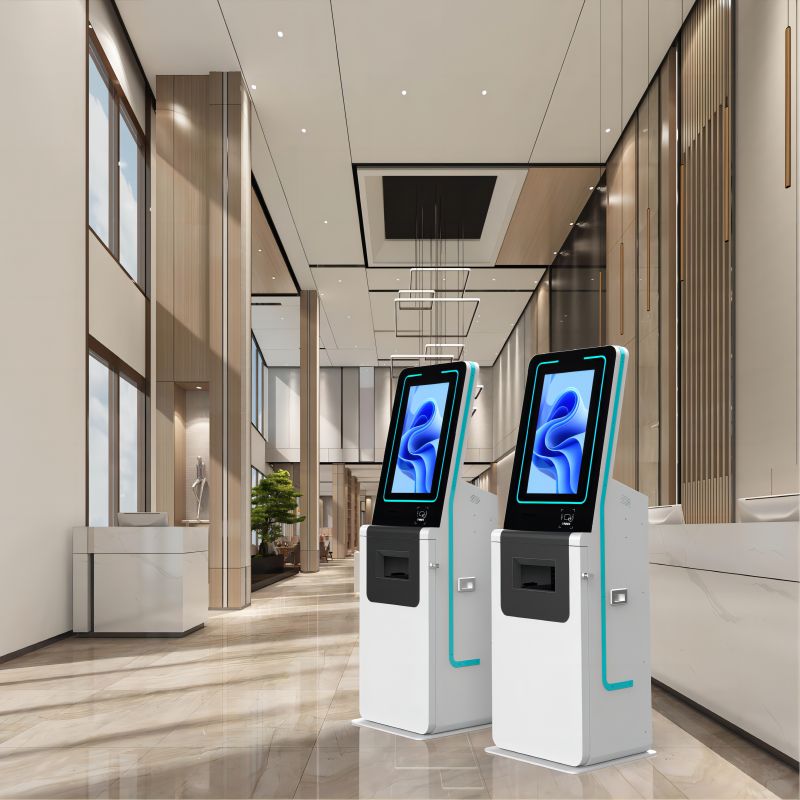
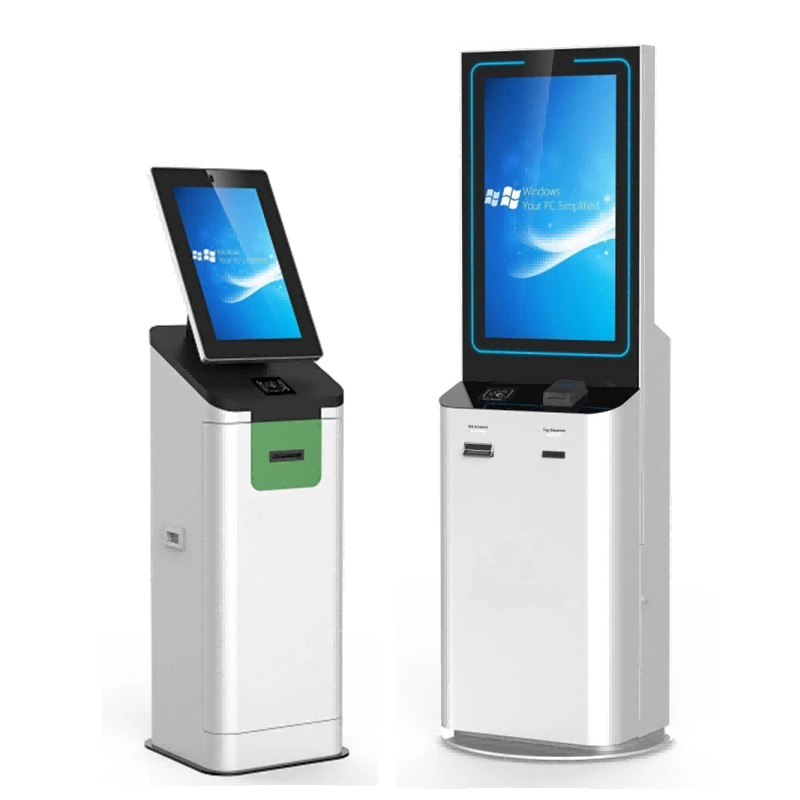
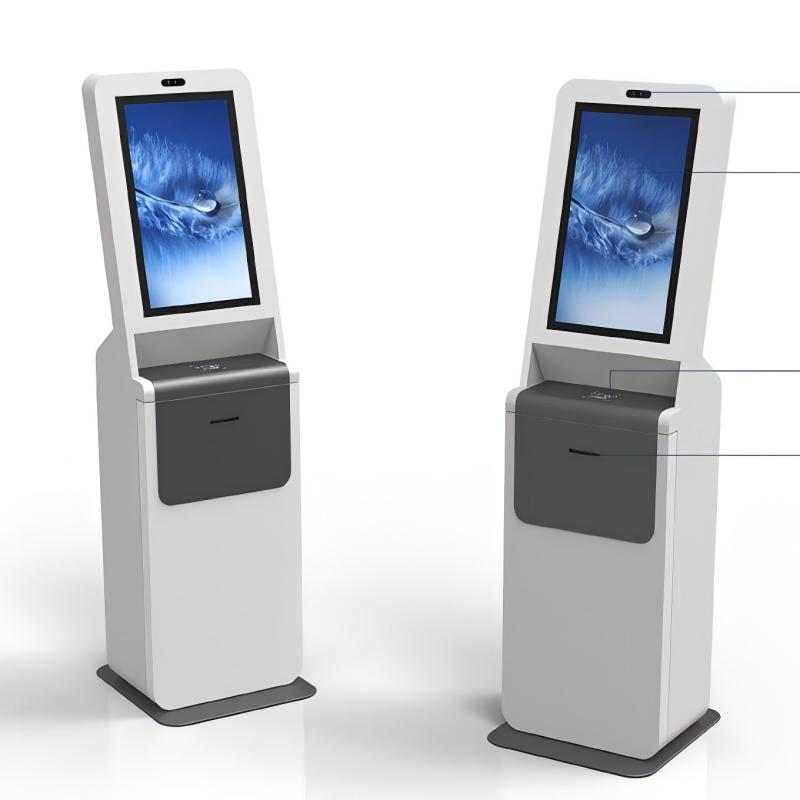
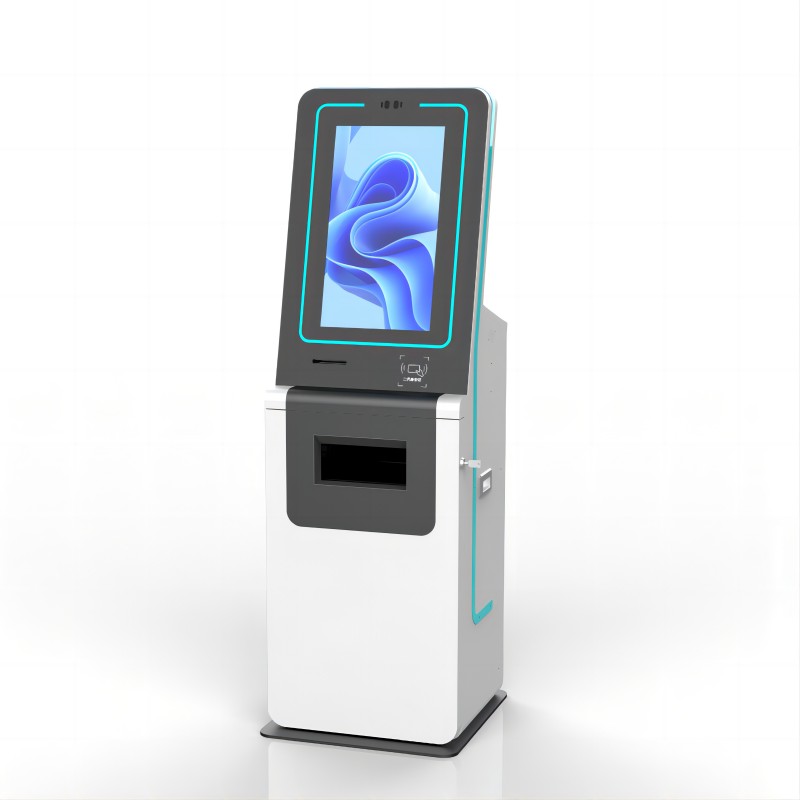
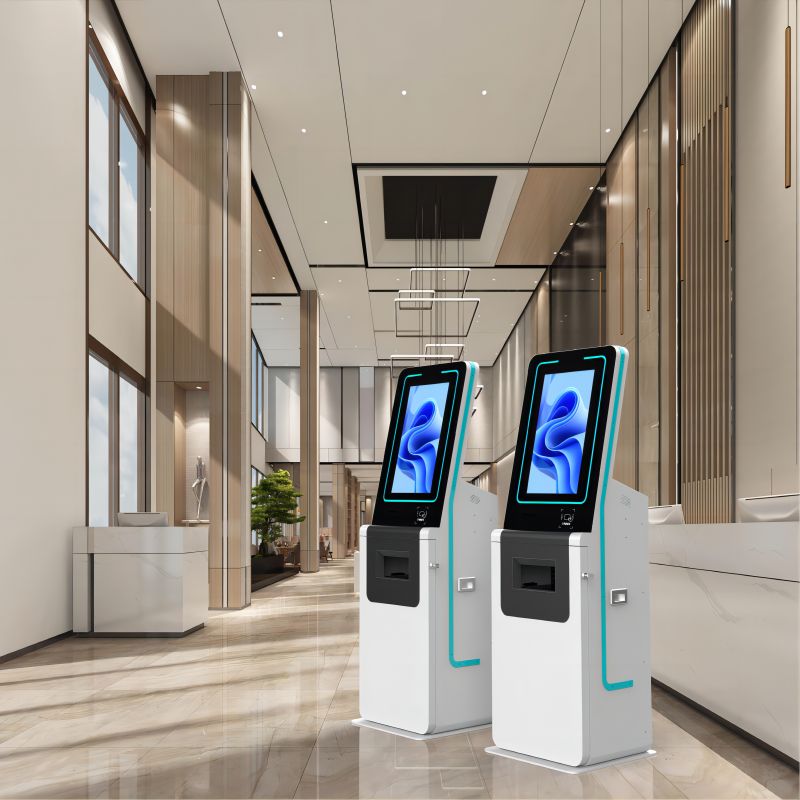

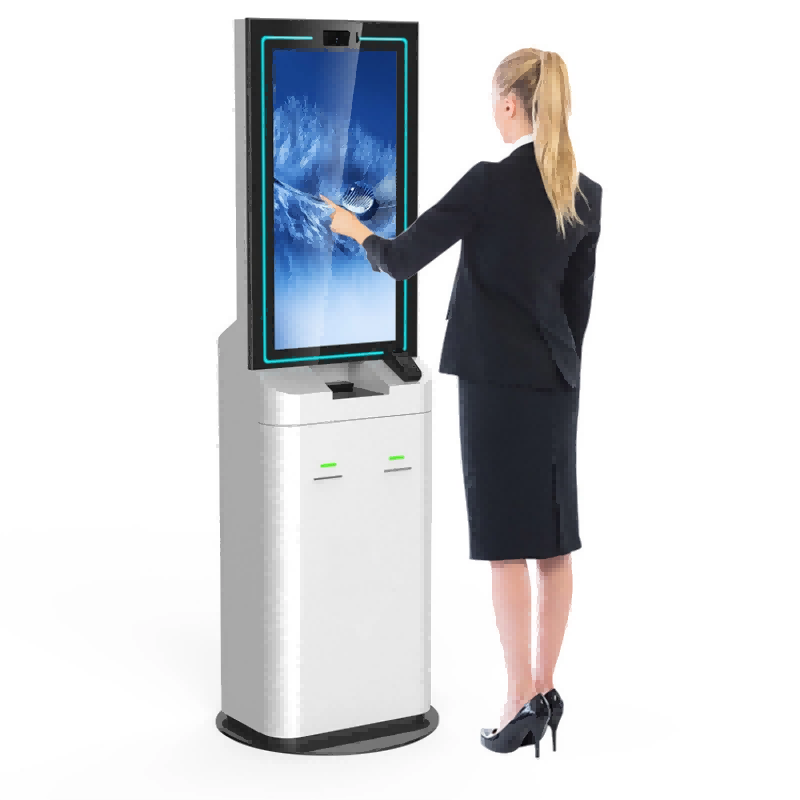
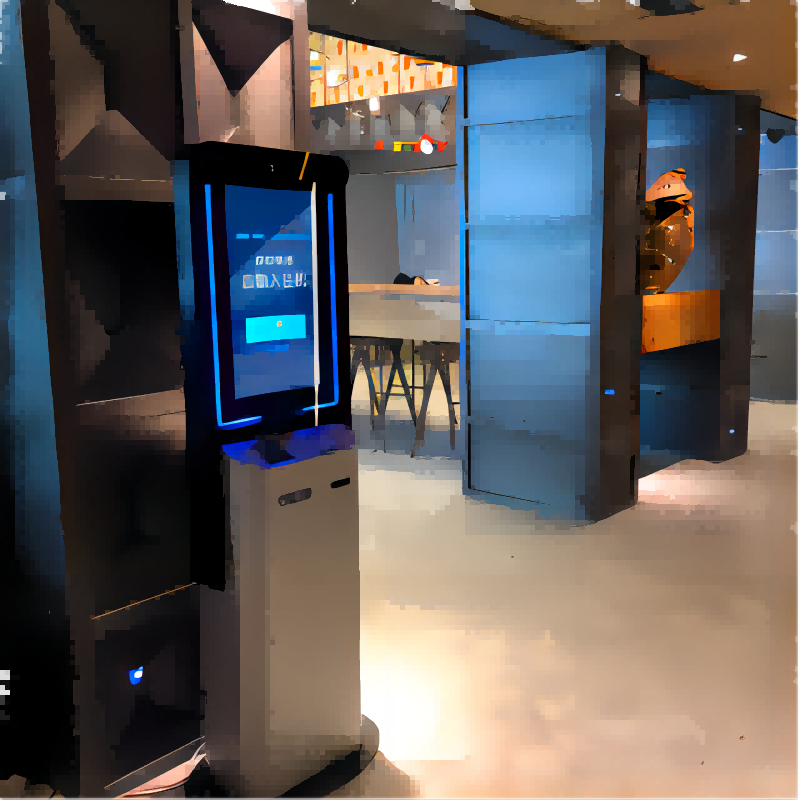
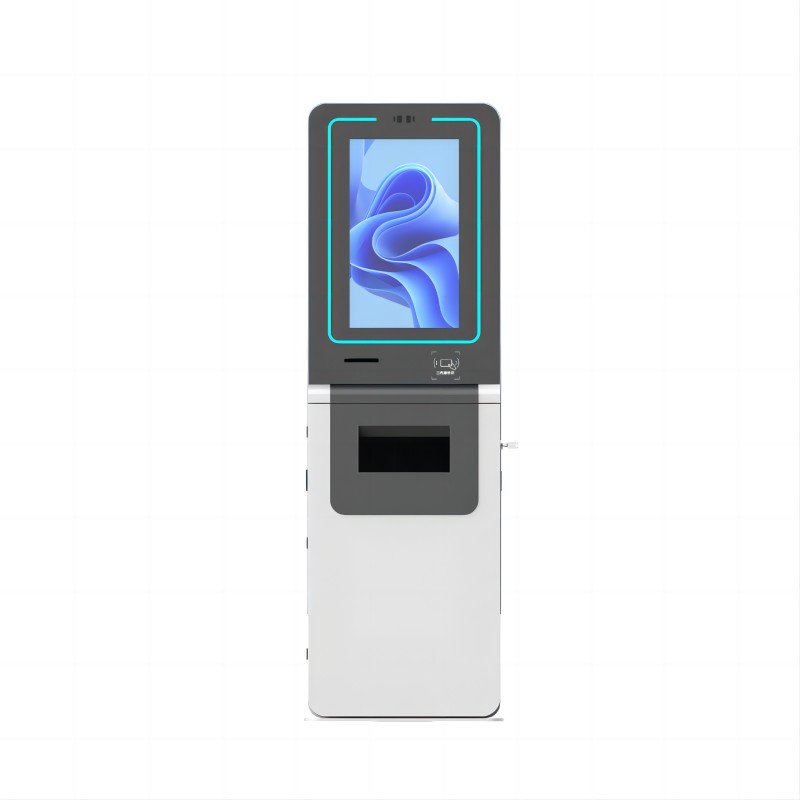
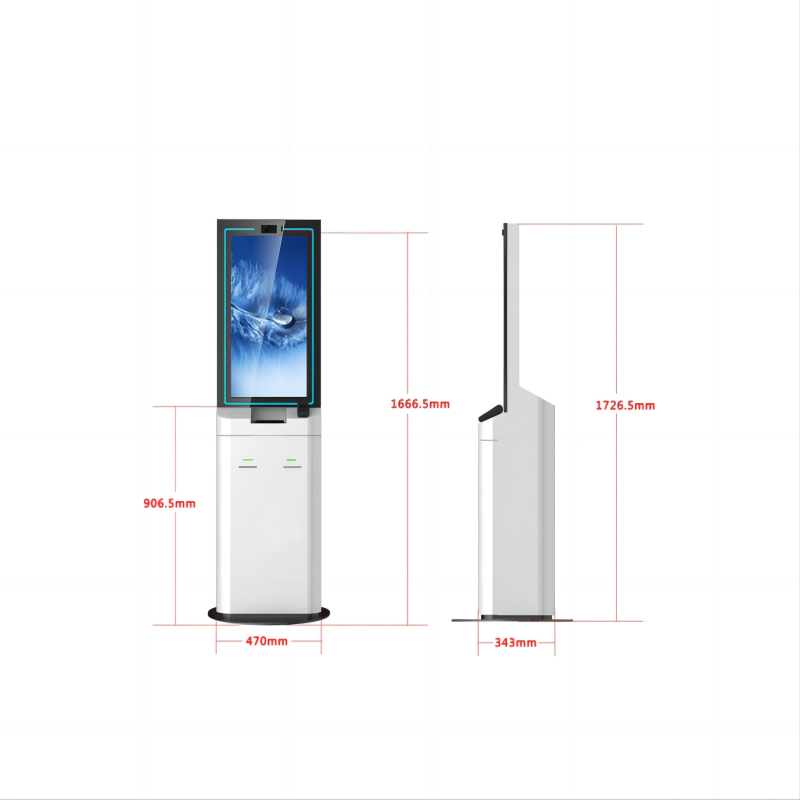
What did our happy clients say?
We recently installed a self-checkout library kiosk, and it has been a game-changer! The setup was smooth, and the interface is user-friendly. Our patrons love the convenience. Highly recommend this vendor!
The library kiosk we purchased exceeded our expectations. It's sleek, efficient, and has significantly improved our operations. The support team was fantastic throughout. Would definitely buy again!
Our new book return kiosk is perfect! It integrates seamlessly with our system, and the design fits beautifully in our space. Excellent product and top-notch customer service. Thank you!
We are thrilled with our information kiosk! It has enhanced the visitor experience, making it easy for patrons to find what they need. Great quality and value for the price. Strongly recommend!